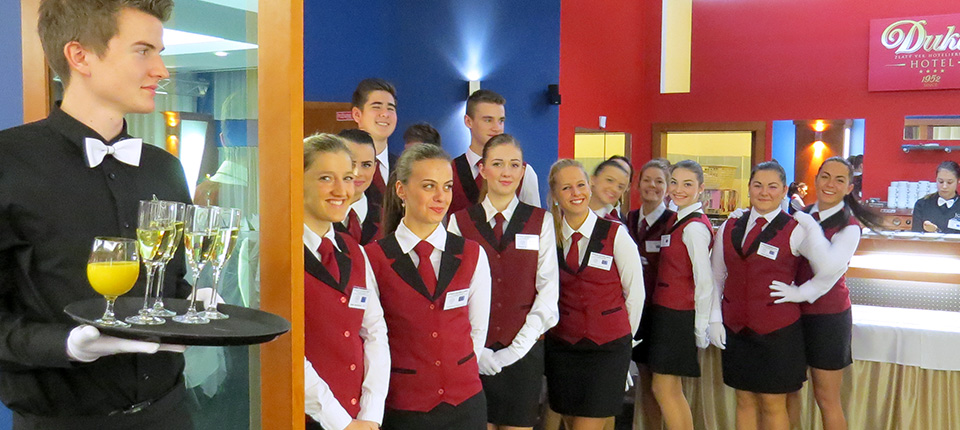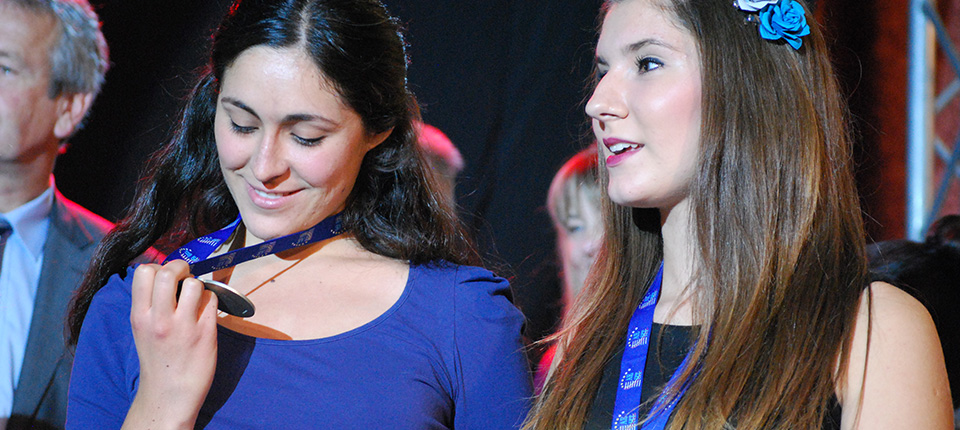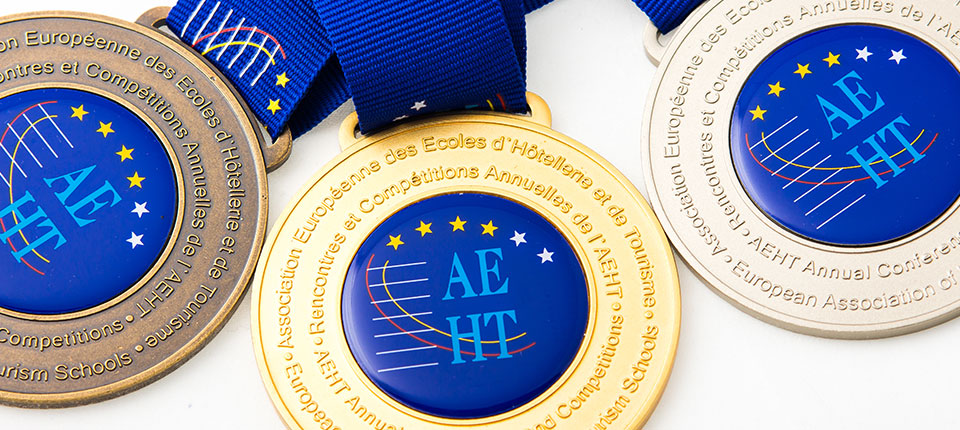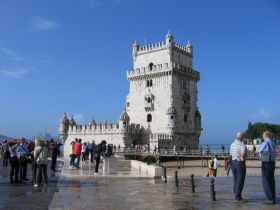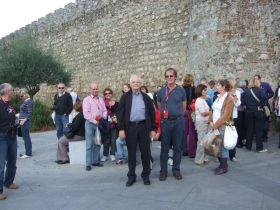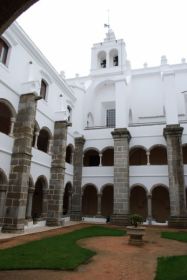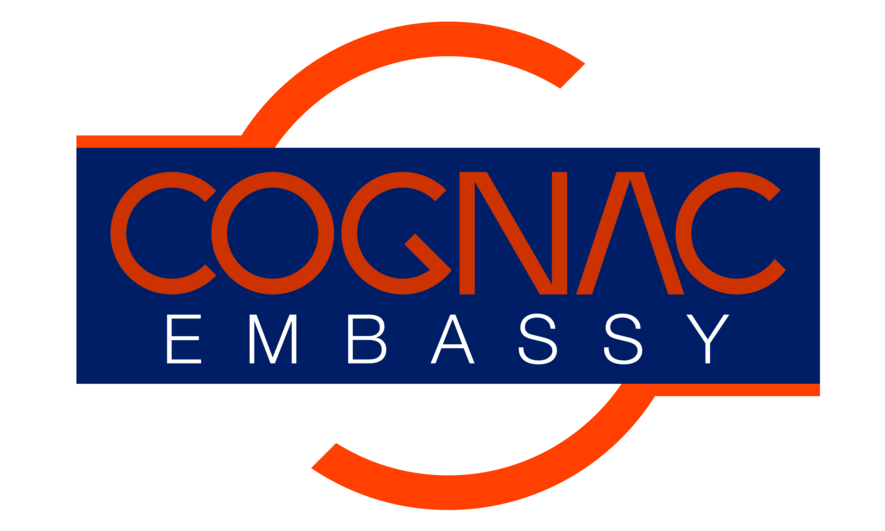CULTURE, DISCOVERIES AND EXCURSIONS
Following the usual practice at the Annual Conference, the organisers had laid on a variety of outings based on tourism and culture. Since Portugal is a tourist destination par excellence, offering a multitude of possible sites to visit, Paulo Revés and his team were spoiled for choice.
The Tower of Belém, which featured on may of the tourist itineraries, and is a must for any visitor to Lisbon, was built in the middle of the River Tagus in the 16th century to defend Lisbon and the famous Hieronymite monastery. Following the tidal wave resulting from the 1775 earthquake the tower was moved onto the river bank. It is a magnificent monument which has become one of the symbols of Lisbon and of Portugal. We should also mention another ‘monument’, the stadium of Benfica, Portugal’s leading football team, as well as St George’s Castle, a fortress which dominates and the city and has had a more than turbulent history.
Obidos, to the north of Lisbon, was also a destination offered on the excursions programme; the area is also known as the ‘Western’ region and, just as most other locations, it has incomparable architectural treasures as well as its famous wine road.There were also excursions to Fatima, a highly important Marian shrine visited each year by tens of thousands of pilgrims, like Lourdes, to pray to the Virgin Mary who is said to have appeared to three young shepherds there on May 13th 1917. The basilica, built on the site of the first chapel, has since become Portugal’s most visited destination.
And finally there was Evora, a town with the status of a World Heritage Site, and this was the most popular excursion of all on Saturday October 9th with 350 participants. It is true that on that day the competitions were over! As we left Lisbon we crossed the Vasco da Gama Bridge, a true work of art which was opened a short time before the 1998 International Exhibition held in Lisbon. It was a formidable challenge for this country which has also built some extraordinarily innovative building in ‘New Lisbon’.
Evora, with its Roman remains, its magnificent buildings, its squares and its alleyways, is the capital of the Alentejo region, a crossroads of different peoples for many centuries: Romans, Visigoths and Muslims. Even Vauban, the French Sun King’s architect, left the marks of his military genius on the town!
For a couple of hours the AEHT visitors were free to wander around to discover the town at will, before boarding the buses again and heading for a memorable lunch in a monastery that had been converted into the five-star ‘Convento do Espinheiro’ hotel, where they were greeted by a folk group and a recital of Portuguese songs. The participants will surely not forget this memorable lunch stop. Even a brief but heavy downpour could do nothing to dampen everyone’s high spirits. On the return journey we crossed the justly famous suspension bridge now called ‘April 25th Bridge’, the date of the ‘Carnation Revolution’; previously the bridge was known as the ‘Salazar Bridge’.



